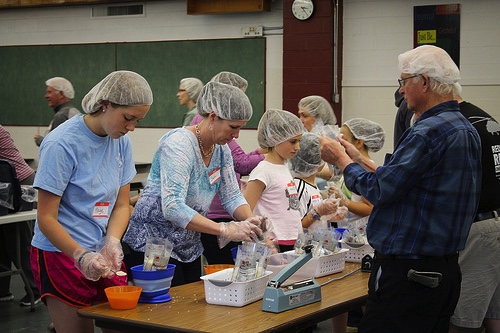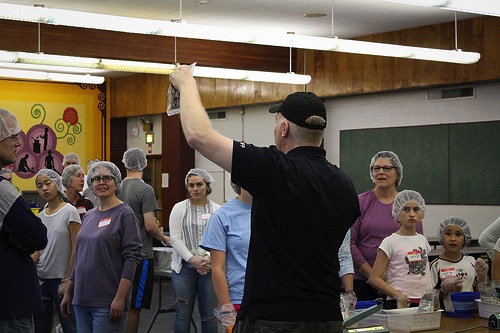(Please Note: This post was first published on Chelsea’s personal website at sea-jackson.com)
Recently, while preparing for an event in the library of the church I serve, I looked up to find someone had adorned our wood-carved Noah’s Ark with origami cranes. Now I should explain, in my parish neither one of these items are unusual in and of themselves. The Ark had become a semi-permanent fixture in the library, and in 2013 kids in the church learned to fold origami cranes, and sent a 1000 crane garland to the Children’s Peace Memorial in Hiroshima, Japan (pictured below). To this day some of the youth continue making cranes, including the ones pictured which were created for the church’s recent Eco-Art Show.
 But even though these pieces of art made sense to me separately, when put together they they left me unsettled, because in my opinion what they each symbolized conflicted. Let me explain further. . .
But even though these pieces of art made sense to me separately, when put together they they left me unsettled, because in my opinion what they each symbolized conflicted. Let me explain further. . .
Without getting too much into the Biblical analysis, I would like to point out that the story of Noah, his family and his ark is a violent one (Genesis 6-10). In fact, it’s one of the most violent stories found in Jewish or Christian Scriptures. Sure, cartoon stickers, plastic toys and cheery illustrations of Noah’s Ark litter church nurseries everywhere, but this narrative is far from a children’s story.
Lest we forget, the God of this story ends up so frustrated with humanity, that he (or she) nearly wipes all life off the planet. Genesis reads that God (aka YHWH) was grieved at the wickedness, corruption and violence of humankind, and seeing the evil in their hearts and hands, God is sorry to have created them. And yet, as much as this God despises violence, he appears to fight fire with fire and doles out a near-universal death sentence; leaving all animals, children, plants, men and women apart from Noah and his family to be washed away. Thus, the innocent 2 year old is killed alongside the corrupt and the wicked. See? Violent.
But what about the story and symbolism of the cranes?
Historically, the Japanese legend of the origami crane states that if a person folds 1000 cranes, they get to make a wish. The origami crane and its legend was given even more meaning after WWII and Sadako Sasaki. Sadako was 2 years old when the Hiroshima was bombed by the United States. After losing her grandmother and her home, Sadako’s family tried to rebuild and continue on with life. However, at 12 years old, Sadako was diagnosed with leukemia, a direct result of the radiation she was exposed to in the bombing.

Sadako Sasaki
Strong, hopeful and desperate to stay alive, the twelve year old began folding 1000 cranes, hoping to wish her cancer away. Now some say she finished the 1000 cranes only to start again when her wish of survival wasn’t granted, while others believe she only finished 644, and her classmates finished the other 356 after her death.
Either way, Sadako Sasaki passed away on October 25, 1955, an innocent victim. Today, not only do the cranes hold the significance of granted wishes, but they hold the hope of survival, the call for peace, and serve as a reminder of the innocent victims who don’t get to survive, those lost to war and violence.
Sadako was causality of a war that was not her own; much like the innocent lives lost in Genesis’ “Great Flood;” both casualties at the hands of corruption and violence not their own to bear responsibility for.
Now whether you believe the Genesis Flood is metaphor, myth, fact, or something in else entirely, there is still truth found in the story- a truth that rings true in the story of Sadako and countless others. The truth that too often, innocent people die at the hands of choices, actions and mistakes they have no part in. Like the God of Genesis, too often we seek to fight violence with violence, and though we mourn those caught in the crossfire, we chalk them up to “collateral damage,” as if they had no other value than to further a purpose or goal.
But the God of Genesis learned the harsh lesson that comes with such destruction, the reality that violence does not end violence, and death begets more death. Seeing the death and destruction at his feet, this God vows to never again wipe out all of humanity or living things. This God will no longer fight mass destruction with mass destruction.
And this God sets a rainbow in the sky to remind himself of the damage he caused; to remind himself never to cause that damage again. That rainbow protects the earth, serving as a buffer, a covenant, between the dangerous temper of God and the humans whose violence enrages and grieves the divine.
What will it take for us to learn this lesson too? In an age of nuclear weapons; in an age where gun violence, xenophobia and systemic injustice are standard; in an age when the power we have outweighs our ability to use it responsibly, when will we learn that violence does not end violence? That death just begets more death. When will we enter into deeper covenant with one another? What are the modern-day rainbows that remind us of the humanness found even in our greatest enemy?
There are bodies of innocent people (and not so innocent people) piled up throughout our history as a human race. These deaths should wake us up, not numb us further. We must reflect with healthy shame and responsibility on the trail of violence the human race has forged, and should answer the call to action; the call to peace, relationship and covenant.
As I look at the cranes strung across this overly-cheery Noah, I can only hope that just as God’s rainbow holds the promise of relationship, the cranes become our own rainbow, our own reminder of our power and responsibility. A reminder of our need for better stewardship and deeper relationship. A reminder that our collective survival is dependent on our collective search for peace.
At the end of Genesis’ flood story a dove returned to Noah with an olive branch; a humble tool to build a nest; the first step in rebuilding the world.(1) May these paper cranes and the peace they strive for also aid us in rebuilding and repairing a wounded world.
-Chelsea
(1) Gevaryahu, Gilad J. . “WHAT DID THE DOVE BRING TO NOAH?.” Jewish Bible Quarterly 43, no. 3 (July 2015): 172-175. Academic Search Premier, EBSCOhost (accessed June 24, 2016).

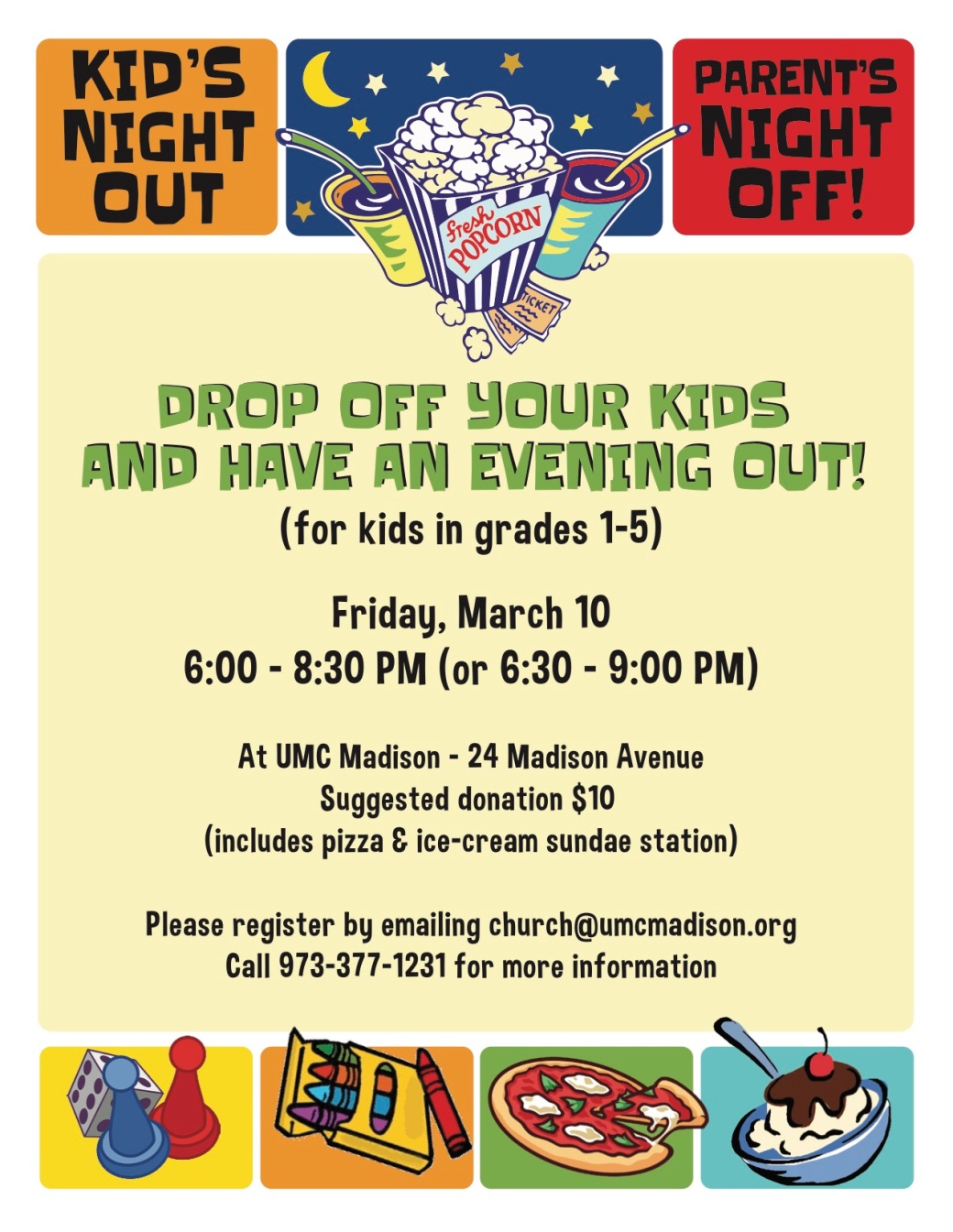
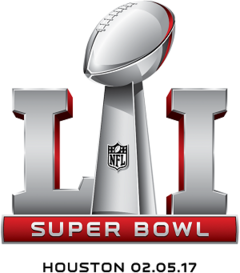
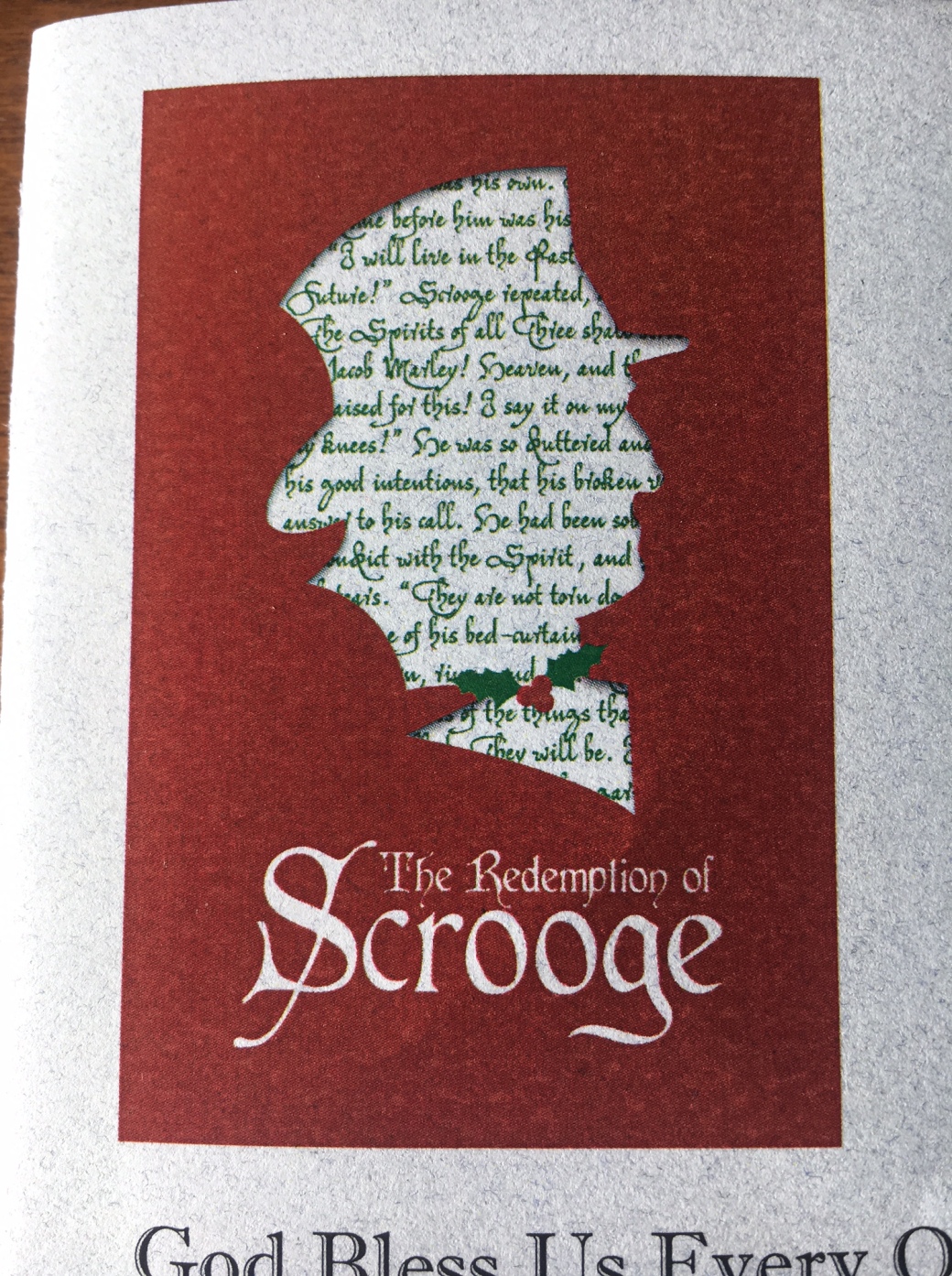

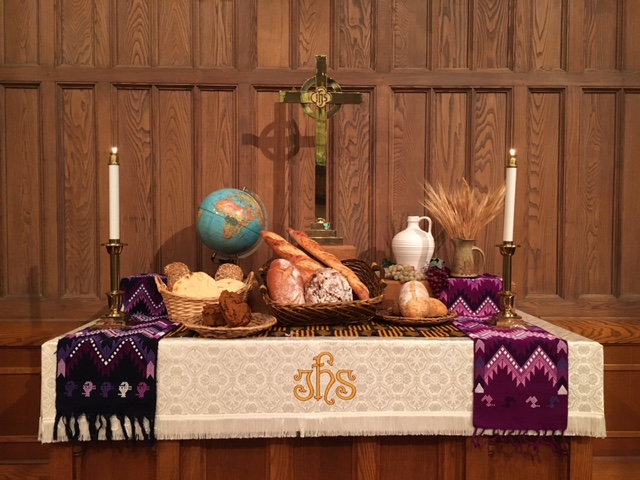
 But even though these pieces of art made sense to me separately, when put together they they left me unsettled, because in my opinion what they each symbolized conflicted.
But even though these pieces of art made sense to me separately, when put together they they left me unsettled, because in my opinion what they each symbolized conflicted.


